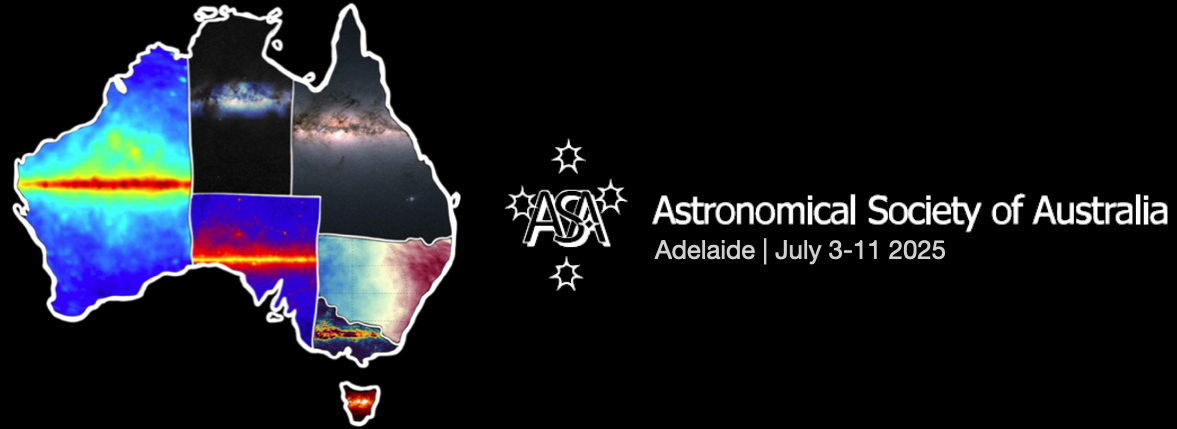Speaker
Description
Estimating supermassive black hole masses in AGN mostly relies on the virial method, which uses the radius-luminosity (R-L) relation to determine the radius of the broad line region (BLR). The R-L relation heavily depends on the assumption that the BLR is virialised. A volume-complete two-epoch Southern Sky AGN sample at $z<0.1$ and high-cadence monitoring of NGC 5548 have revealed significant optical luminosity changes over 15-20 years but did not show the expected virial anti-correlated change in the broad H$\beta$ line width, indicating the BLR is not virially breathing on decadal timescales. Single-epoch masses from $L_{5100}$ and broad H$\beta$ R-L relations exhibit time-variations with a scatter of ~0.5 dex over 20 years. The deviation from the mean depends on the broad H$\beta$ to narrow [OIII] luminosity ratio. Comparing reverberation mapping and single-epoch mass estimates from different luminosity proxies using the R-L relation showed that mass estimates derived from the [OIII] luminosity and the broad H$\beta$ FWHM have the lowest scatter. The absence of virial breathing implies that BLR sizes do not correlate with short-term luminosity variations. Instead, narrow-line AGN emission, which conveys accretion rates averaged over centuries, serves as a more reliable proxy for the instantaneous BLR radius.

